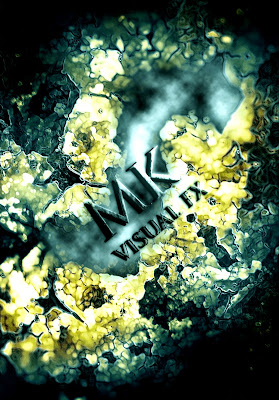 Extracts from the book Adobe After Effects 7 Studio Techniques
Extracts from the book Adobe After Effects 7 Studio Techniques- In case the layer's been rotated in 3D space, it's best to draw masks in Layer window instead of Composition. Just double click on the layer.
- To make a shape perfectly symmetrical, hold down Shift when drawing it.
- To draw a shape from the centre (instead of the corner), hold down CTRL when drawing it.
- Double-click the mask icon in the tools panel and a mask is automatically created that matches the width and heigth of your composition.
- Activate the Free Transform option for the mask by double clicking on a point in the shape. You can then resize, rotate and scale the whole mask.
- Hit M and you activate the Mask Shape option in the timeline. Hit MM and reveal all the options of a selected mask (or all masks in a selected layer). Hit F and reveal only the Feather option.
- Click on a point in the mask with the Pen tool active to delete it.
- Click on a line in the mask with the Pen tool active to add a new point.
- Alt-click on a point in the mask and you create a Beziere Curve handles for smooth shapes. If you want to break the Bezier handle, just click on it with a pen tool - you can then adjust handles in paralell.
- Deselect a mask by hiting F2 or Ctrl+Shift+A.
- Martin





.jpg)
